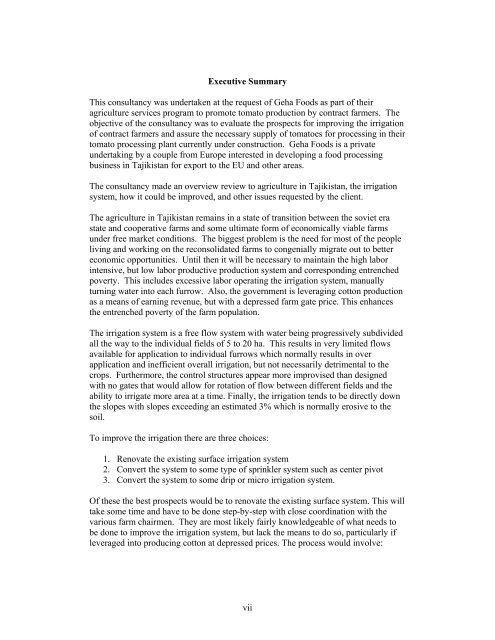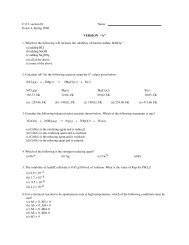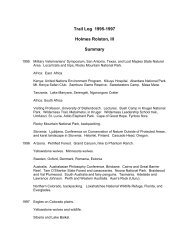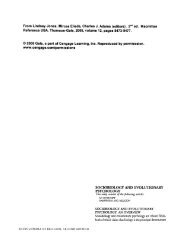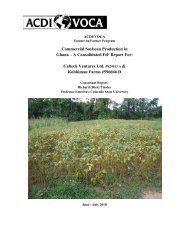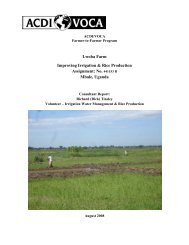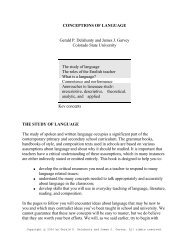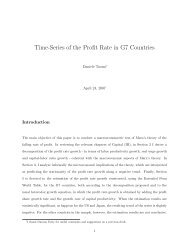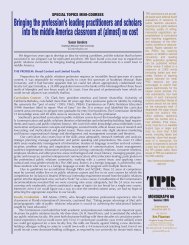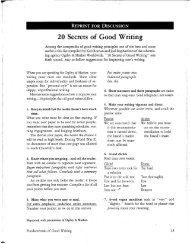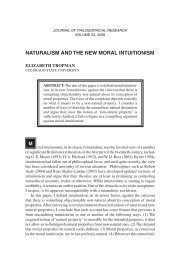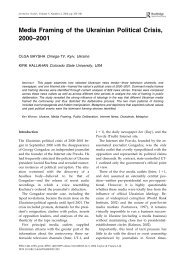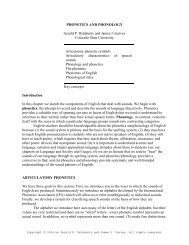Geha Foods Evaluation of Irrigation for Processed Tomatoes
Geha Foods Evaluation of Irrigation for Processed Tomatoes
Geha Foods Evaluation of Irrigation for Processed Tomatoes
Create successful ePaper yourself
Turn your PDF publications into a flip-book with our unique Google optimized e-Paper software.
Executive Summary<br />
This consultancy was undertaken at the request <strong>of</strong> <strong>Geha</strong> <strong>Foods</strong> as part <strong>of</strong> their<br />
agriculture services program to promote tomato production by contract farmers. The<br />
objective <strong>of</strong> the consultancy was to evaluate the prospects <strong>for</strong> improving the irrigation<br />
<strong>of</strong> contract farmers and assure the necessary supply <strong>of</strong> tomatoes <strong>for</strong> processing in their<br />
tomato processing plant currently under construction. <strong>Geha</strong> <strong>Foods</strong> is a private<br />
undertaking by a couple from Europe interested in developing a food processing<br />
business in Tajikistan <strong>for</strong> export to the EU and other areas.<br />
The consultancy made an overview review to agriculture in Tajikistan, the irrigation<br />
system, how it could be improved, and other issues requested by the client.<br />
The agriculture in Tajikistan remains in a state <strong>of</strong> transition between the soviet era<br />
state and cooperative farms and some ultimate <strong>for</strong>m <strong>of</strong> economically viable farms<br />
under free market conditions. The biggest problem is the need <strong>for</strong> most <strong>of</strong> the people<br />
living and working on the reconsolidated farms to congenially migrate out to better<br />
economic opportunities. Until then it will be necessary to maintain the high labor<br />
intensive, but low labor productive production system and corresponding entrenched<br />
poverty. This includes excessive labor operating the irrigation system, manually<br />
turning water into each furrow. Also, the government is leveraging cotton production<br />
as a means <strong>of</strong> earning revenue, but with a depressed farm gate price. This enhances<br />
the entrenched poverty <strong>of</strong> the farm population.<br />
The irrigation system is a free flow system with water being progressively subdivided<br />
all the way to the individual fields <strong>of</strong> 5 to 20 ha. This results in very limited flows<br />
available <strong>for</strong> application to individual furrows which normally results in over<br />
application and inefficient overall irrigation, but not necessarily detrimental to the<br />
crops. Furthermore, the control structures appear more improvised than designed<br />
with no gates that would allow <strong>for</strong> rotation <strong>of</strong> flow between different fields and the<br />
ability to irrigate more area at a time. Finally, the irrigation tends to be directly down<br />
the slopes with slopes exceeding an estimated 3% which is normally erosive to the<br />
soil.<br />
To improve the irrigation there are three choices:<br />
1. Renovate the existing surface irrigation system<br />
2. Convert the system to some type <strong>of</strong> sprinkler system such as center pivot<br />
3. Convert the system to some drip or micro irrigation system.<br />
Of these the best prospects would be to renovate the existing surface system. This will<br />
take some time and have to be done step-by-step with close coordination with the<br />
various farm chairmen. They are most likely fairly knowledgeable <strong>of</strong> what needs to<br />
be done to improve the irrigation system, but lack the means to do so, particularly if<br />
leveraged into producing cotton at depressed prices. The process would involve:<br />
vii


